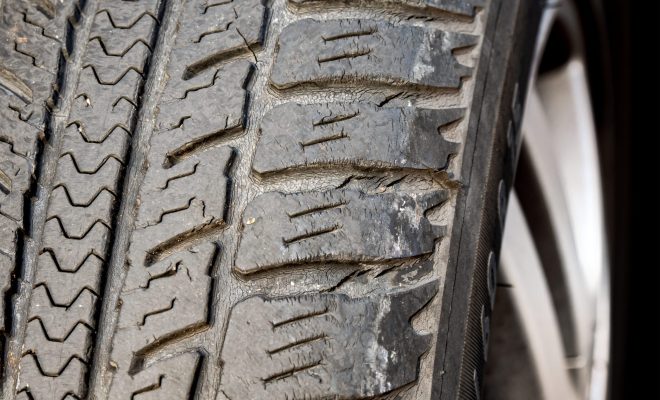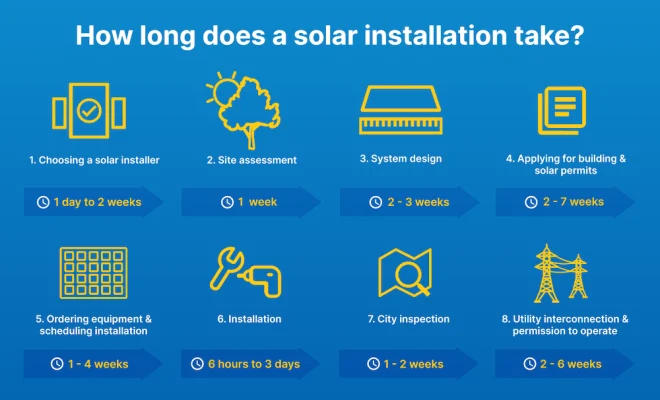Tire dry rot can wear out your tires long before you can tell

Introduction
Tire dry rot is a phenomenon that can seriously compromise the quality and longetivity of your tires, potentially causing them to wear out long before any visible signs of damage appear. As a vehicle owner, it’s crucial to understand what tire dry rot is, the factors that contribute to its development, and how to prevent and address this issue to ensure your tires’ safety and durability.
What is Tire Dry Rot?
Tire dry rot, also known as sidewall cracking or weather checking, occurs when the rubber compounds in a tire break down over time. This breakdown is often caused by exposure to ultraviolet (UV) light and ozone from the atmosphere, which leads to oxidation of the rubber material. As a result, tires become brittle, crack, and lose their elasticity, leading to potential failure and increased vulnerability to punctures.
Factors Leading to Tire Dry Rot
Several factors can contribute to the development of tire dry rot. Some of these include:
1. Prolonged exposure to sunlight: UV rays can cause significant damage to rubber compounds found in tires.
2. Infrequent usage: When a vehicle remains parked for long periods, tire dry rot can develop more quickly as the tire’s weight increases pressure on specific contact points.
3. Age of the tire: Older tires are more susceptible to dry rot since they may have experienced greater exposure to UV light and oxidation over time.
4. Improper storage conditions: Storing tires in direct sunlight, excessively high temperatures, or close to electrical devices emitting ozone can increase their risk of experiencing dry rot.
Preventing and Addressing Tire Dry Rot
Implementing proper maintenance practices can effectively prevent or delay the onset of tire dry rot. These best practices include:
1. Regularly inspecting your tires: Check for visible signs of cracking or brittleness on both sidewalls and treads.
2. Rotating and balancing your tires: By spreading the wear evenly across all tires, you minimize the impact of tire dry rot.
3. Proper inflation: Ensure your tires are inflated to their recommended pressure levels, as both over and under-inflation can accelerate the development of dry rot.
4. Using tire protectants: These products can help shield your tires from UV rays and other environmental factors that could cause dry rot.
5. Storing tires correctly: When not in use, store your tires in a cool, dark space away from direct sunlight and ozone-producing devices.
Conclusion
Tire dry rot is a hidden yet potentially dangerous threat to the safety and longetivity of your vehicle’s tires. By understanding this phenomenon and implementing preventive measures, you can effectively combat this issue, ensuring that your tires function optimally for as long as possible.



